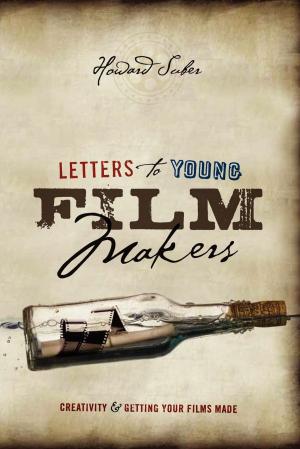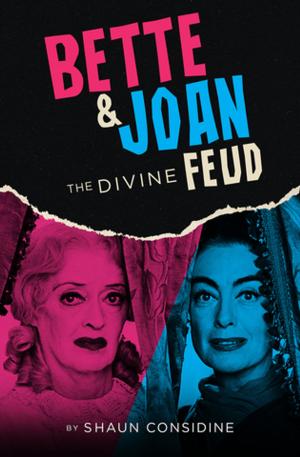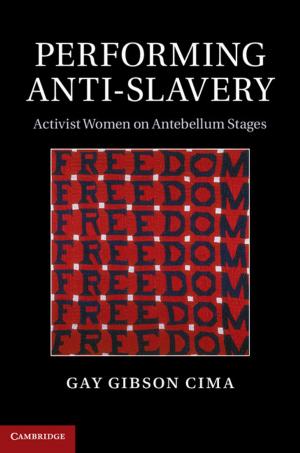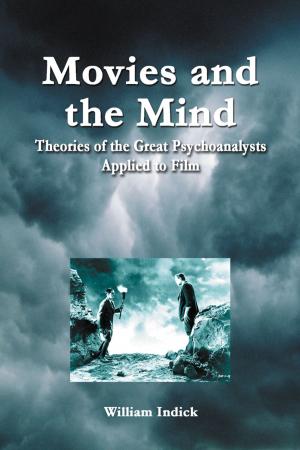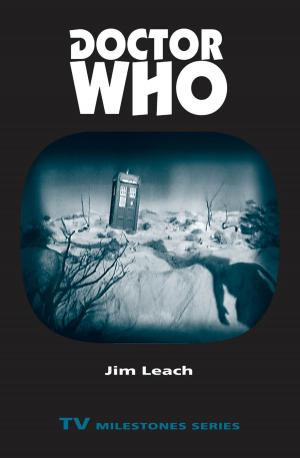Master Screenplay Dialogue: The Ultimate Practical Guide On How To Write Dialogue Like The Pros
Nonfiction, Entertainment, Film, Screenwriting, Performing Arts| Author: | Al Bloom | ISBN: | 9781386061397 |
| Publisher: | Script Reader Pro | Publication: | January 18, 2018 |
| Imprint: | Language: | English |
| Author: | Al Bloom |
| ISBN: | 9781386061397 |
| Publisher: | Script Reader Pro |
| Publication: | January 18, 2018 |
| Imprint: | |
| Language: | English |
LEARN HOW TO WRITE
DIALOGUE LIKE THE PROS
Without needing to spend a small fortune on screenwriting books, take a class in dialogue writing or get mentored by Quentin Tarantino.
ARE YOU STRUGGLING TO WRITE GREAT SCREENPLAY DIALOGUE?
Don’t worry, we know how you feel, as learning how to write good dialogue can be one of the hardest aspects of screenwriting to master.
This is the first book on writing dialogue of its kind: full of theory hacks, practical exercises and resources that will get your script’s dialogue up where it needs to be.
Theory Hacks. This book contains a set of three theory hacks that dispel many of the myths when it comes to writing dialogue and make it that much easier to craft conversations that sound authentic and engaging.
Practical Exercises. Inside are three super hands-on, rarely discussed practical exercises used by professional screenwriters. Add these to your writing routine and watch your dialogue writing improve 100 percent.
Resources Toolkit. Also included is a set of resources and worksheets that compliment the previous two sections, plus suggested further reading.
Think of the book a 3 step plan to dialogue mastery
-
Identify the reasons why your dialogue isn’t working. One of the biggest problems aspiring screenwriters face is being able to RECOGNIZE poorly written dialogue in their own work. It can be hard to step back and look at the dialogue objectively when you’re deep in the story, and so in the book we show you some practical methods you can use to do just that.
-
Eliminate the main problems holding your dialogue back. We break down the three most common mistakes aspiring screenwriters make when it comes to dialogue: 1. It’s too on-the-nose, 2. There’s too much of it, 3. All the characters sound the same, and show you how to identify and combat each one.
-
Improve your dialogue with a new weekly writing practice. Not only will the theory hacks and practical exercises help you identify and eliminate bad dialogue, they’ll also provide a solid GAME PLAN on how to write interesting, effective dialogue going forward. Implement these exercises into your weekly writing routine and learn how to master dialogue.
In the book will learn…
How to give each one of your characters a VOICE that makes them stand out as individuals through what they say and how they say it.
How to use dialogue examples from poorly written scripts to IMPROVE your own.
How to write VISUALLY and use the dialogue to support a scene rather than drive it.
Conversely, how to craft conversations full of subtext and layers that subtly reveal character and/or drive the scene and plot.
How to know what dialogue to leave in and what to cut.
How to recognize poorly written screenplay dialogue within your own script BEFORE you send it anywhere important.
How to format screenplay dialogue using our definitive, no-nonsense guide.
LEARN HOW TO WRITE
DIALOGUE LIKE THE PROS
Without needing to spend a small fortune on screenwriting books, take a class in dialogue writing or get mentored by Quentin Tarantino.
ARE YOU STRUGGLING TO WRITE GREAT SCREENPLAY DIALOGUE?
Don’t worry, we know how you feel, as learning how to write good dialogue can be one of the hardest aspects of screenwriting to master.
This is the first book on writing dialogue of its kind: full of theory hacks, practical exercises and resources that will get your script’s dialogue up where it needs to be.
Theory Hacks. This book contains a set of three theory hacks that dispel many of the myths when it comes to writing dialogue and make it that much easier to craft conversations that sound authentic and engaging.
Practical Exercises. Inside are three super hands-on, rarely discussed practical exercises used by professional screenwriters. Add these to your writing routine and watch your dialogue writing improve 100 percent.
Resources Toolkit. Also included is a set of resources and worksheets that compliment the previous two sections, plus suggested further reading.
Think of the book a 3 step plan to dialogue mastery
-
Identify the reasons why your dialogue isn’t working. One of the biggest problems aspiring screenwriters face is being able to RECOGNIZE poorly written dialogue in their own work. It can be hard to step back and look at the dialogue objectively when you’re deep in the story, and so in the book we show you some practical methods you can use to do just that.
-
Eliminate the main problems holding your dialogue back. We break down the three most common mistakes aspiring screenwriters make when it comes to dialogue: 1. It’s too on-the-nose, 2. There’s too much of it, 3. All the characters sound the same, and show you how to identify and combat each one.
-
Improve your dialogue with a new weekly writing practice. Not only will the theory hacks and practical exercises help you identify and eliminate bad dialogue, they’ll also provide a solid GAME PLAN on how to write interesting, effective dialogue going forward. Implement these exercises into your weekly writing routine and learn how to master dialogue.
In the book will learn…
How to give each one of your characters a VOICE that makes them stand out as individuals through what they say and how they say it.
How to use dialogue examples from poorly written scripts to IMPROVE your own.
How to write VISUALLY and use the dialogue to support a scene rather than drive it.
Conversely, how to craft conversations full of subtext and layers that subtly reveal character and/or drive the scene and plot.
How to know what dialogue to leave in and what to cut.
How to recognize poorly written screenplay dialogue within your own script BEFORE you send it anywhere important.
How to format screenplay dialogue using our definitive, no-nonsense guide.





